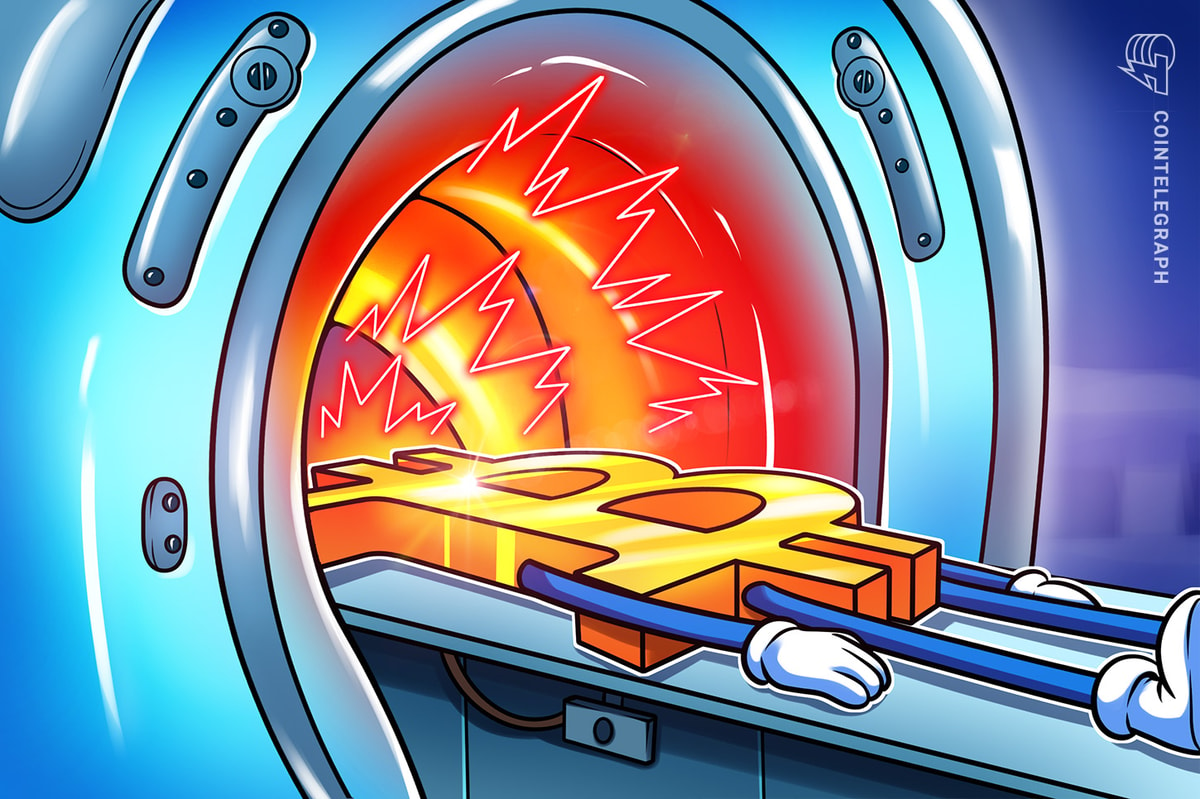
Opinion by: Raullen Chai, co-founder and CEO of IoTeX
The United States and other superpowers are on the brink of a financial evolution. With President Donald Trump’s recent executive order establishing a Strategic Bitcoin Reserve (SBR) and a US Digital Asset Stockpile (DAS), the conversation around digital assets in government reserves is gaining momentum.
Countries like Czechia have also followed suit with their sovereign digital asset reserve plans. While Bitcoin (BTC) and select altcoins are being considered, the discussion remains incomplete without including decentralized physical infrastructure network (DePIN) tokens.
DePIN represents a new paradigm in infrastructure development, where communities, not corporations, build and operate essential networks like telecommunications that self-govern and distribute rewards to their individual contributors.
If it were to include DePIN tokens in its DAS, the US could use blockchain technology to create a self-sustaining infrastructure economy that strengthens technological leadership.
This would also encourage DePIN projects to build and scale physical infrastructure (such as WiFi, environmental monitoring and transportation) for US citizens by sharing bandwidth from their everyday devices. This eliminates the need for companies and governments to incur heavy capital expenditures.
Moreover, if proven successful in the US, it would set an example for other countries to set up their own sovereign crypto reserves for the benefit of their own citizens. A supranational network of DePIN token reserves would also potentially unite different types of infrastructure and grids in other countries, reducing the cost and friction between them.
A new asset class for sovereign investment
DePIN changes the way infrastructure is built. Instead of relying on governments or private companies to maintain critical infrastructure, DePIN uses blockchain and token incentives to enable community-driven bandwidth sharing.
DePIN networks, like those powering WiFi or movement sensors, prove that this model can be more efficient and cost-effective than traditional approaches.
For the US government, investing in DePIN tokens through its DAS would serve multiple strategic objectives. Regarding economic resilience, DePIN networks create a self-sustaining gig around infrastructure, reducing the country’s reliance on large corporations and enabling communities to earn revenue by contributing to infrastructure needs. Traditional infrastructure is prone to geopolitical risks and monopolistic inefficiencies.
Meanwhile, DePIN offers a decentralized alternative that is censorship-resistant. The US has long been at the forefront of technological revolutions. Including DePIN in its sovereign investment strategy would reinforce its position as a leader in Web3 and blockchain.
Many DePIN projects optimize resource utilization using token incentives to align infrastructure deployment with demand. This approach enables more sustainable, scalable solutions for Internet-of-Things sectors. While Bitcoin is a simple store of value, DePIN tokens represent ownership and operational stakes in decentralized infrastructure and possess tangible value just as equities or bonds.
If countries were to include DePIN tokens in their digital asset reserves, they could use blockchain technology to create self-sustaining, interconnected infrastructure economies. Imagine being able to distribute electricity between two countries when there is an excess demand in one and an oversupply in another. Distributed ledgers’ decentralized and cross-border nature can allow such mechanisms to happen.
A true strategic hedge
Historically, sovereign wealth funds have been used to preserve national wealth by diversifying investments. These models are, however, increasingly vulnerable to inflationary pressures. The US inflation rate averaged 8.0% in 2022, and the price of all assets, whether stocks or Bitcoin, sold off heavily during the year in an overall market rout. No one was immune.
Recent: DePIN needs thoughtful regulation — not lawsuits
On the other hand, DePIN offers a true hedge against these risks because the prices of core infrastructure services are, by definition, part of the Consumer Price Index (CPI), enabling users holding DePIN assets to directly profit from inflation increases or at least preserve their asset value.
DePIN networks also use token incentives to align infrastructure deployment with economic shifts. This is particularly relevant given that global electricity prices surged by over 20% in 2022 due to supply chain disruptions and geopolitical tensions.
In response to increased energy costs, decentralized energy grids operating on blockchain-based token economies could dynamically adjust rewards for energy producers. Coupled with the rise in underlying CPI prices, DePIN networks have the potential to deliver compounded returns (rise in CPI + additional token issuance) in opposition to such market sell-offs.
Including DePIN tokens in a sovereign wealth portfolio exposes the US to next-generation economic models. DePIN networks are built on transparent principles that align incentives between users, infrastructure providers and investors. All nations that have historically led technological revolutions should seize the opportunity to embrace DePIN, reinforcing their status as pioneers.
The future is decentralized
Integrating DePIN tokens into the US DAS or any other sovereign digital asset stockpile would not simply be a financial decision — it is a strategic imperative. With the world shifting toward decentralized economies, the US and other tech powerhouses must position themselves at the forefront of this transformation.
Countries that recognize and embrace this shift today will be best positioned to lead in the next era of global innovation. After all, infrastructure research has been stunted by decades of either monopoly or large-scale government ownership.
If millions of individuals and communities became directly involved in their daily infrastructure through DePIN, it would increase the likelihood of infrastructure innovation due to the sheer volume of crowd involvement and offset research and development expenses from the government for the money to be allocated elsewhere. Decentralization is a win-win for all.
Investing in DePIN will also ensure that national infrastructure remains affordable and not subject to national-level deployments requiring massive tax hikes to fund, enabling a future where physical infrastructure assets are affordably maintained. Specifically, if US policymakers act now, they can secure America’s leadership in the next great infrastructure revolution that prioritizes decentralized ownership.
Opinion by: Raullen Chai, co-founder and CEO of IoTeX.
This article is for general information purposes and is not intended to be and should not be taken as legal or investment advice. The views, thoughts, and opinions expressed here are the author’s alone and do not necessarily reflect or represent the views and opinions of Cointelegraph.




